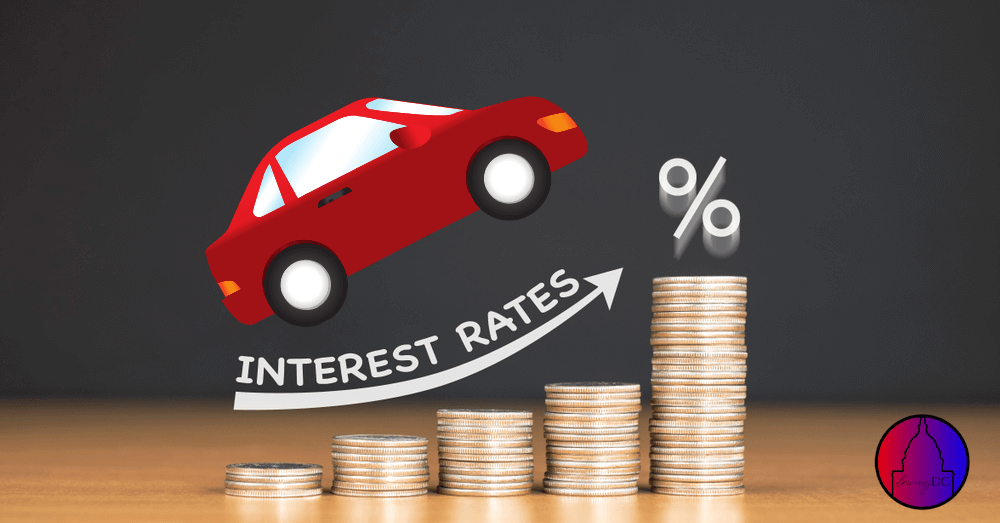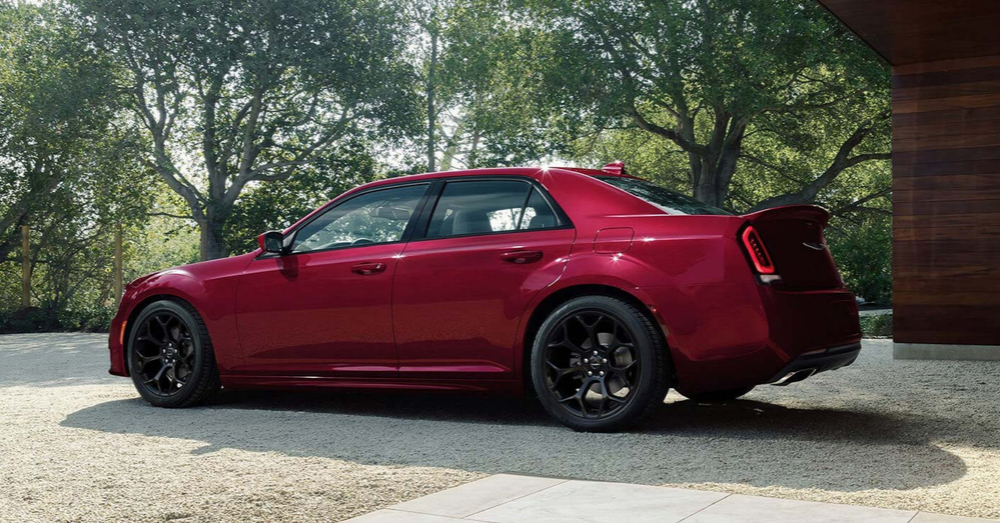
Auto Market Remains Tight as Fed Set to Raise Interest Hike Again
If there’s anything Americans can count on in the coming months, it’s that borrowing money will be more expensive than it is now. At the end of March, the Federal Reserve announced that it would be increasing the federal fund rate by 25 points or .25%. This uptick is no surprise to both everyday consumers and economists, as the Fed has raised the rates between 4.75% and 5% over the past year alone.
Automobile Industry Braces for Affordability Crisis
Borrowing money on just about anything is going to be more expensive, but certain industries are bracing for a harder hit than others. The automotive industry specifically is set to face another blow with these higher interest rates. This reality seems to be the norm amid the latest wave of supply chain issues, vehicle availability, and borrowing affordability.
This latest Fed hike will push the borrowing rate to the highest it’s been in over two decades. For drivers who are looking to finance a new or used vehicle, this means they’ll be paying some of the highest loan rates in recent times. Even if you have got good credit, you can expect an auto payment that looks more like a mortgage bill.
Latest Rat Hike Follows Recent Trends
Just before the first Fed rate hike in February 2022, the average interest rate for a new auto loan over the span of 60 months was roughly 3.99%. Compare that seemingly affordable rate to today’s rate of 6.27%. During the span of one year, taking out an auto loan over a 60-year period has effectively increased by 57%, a significant jump for drivers who were just able to make ends meet a year ago.
The auto industry is unique in that the pandemic had a significant and direct impact on the bottom line. Issues with the supply chain led to availability issues of new vehicles. A lack of new vehicle supply drove prices up higher, all while pushing drivers who would have been shopping for a new vehicle into the used car space. Because of this, used vehicles saw unprecedented price increases with many used models holding their value like never before.
What Does an Interest Rate Hike Mean for Today’s Consumers?
In an industry that’s already tight and not fully recovered from pandemic blows an interest hike will only complicate the affordability of both new and used cars.
A higher annual percentage rate for financing a new or used vehicle will push drivers who need to purchase a car, truck, or SUV into avenues that they may otherwise not want to consider. These avenues include shopping for more affordable models and getting less bang for their buck. Drivers who have been aiming to price and build a Chevy may have to consider their options and sacrifice comfort features. Other drivers who might want to shop for the latest models may have to turn to older models instead.
Other avenues, including longer lease terms, can help spread out monthly payments making them more manageable. Of course, with an extended lease term, drivers should expect to pay more on their loan than if they took out a shorter, more traditional 24 – 36 month lease term.
There are some silver linings drivers can consider if they are in the market for a new or used vehicle. Leveraging the value of your current vehicle can help you negotiate a better term agreement while working with in-house lenders and building up a substantial down payment can help you bring down your auto loan’s annual percentage rate.
This post may contain affiliate links. Meaning a commission is given should you decide to make a purchase through these links, at no cost to you. All products shown are researched and tested to give an accurate review for you.



